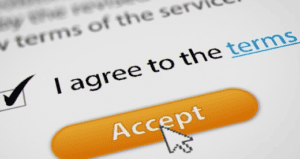A Deed of Assignment is usually used in property transactions but may also be used in the transfer of other assets. Let’s take a look at what they are and why one may be useful to you.
What is a Deed of Assignment?
It is a legal document transferring interests and ownership rights from one party to another. It can be used in relation to property, contractual rights, stocks, intellectual property rights and other assets.
A Deed of Assignment, which should ideally be compiled by professional solicitors such as https://www.parachutelaw.co.uk/deed-of-assignment, provides evidence of the transfer and records the transaction while outlining the terms and conditions.
What will a Deed of Assignment include?
Along with the transfer evidence and transaction records, it will include details of all parties involved, the asset being transferred and any terms and conditions associated with the transfer. This will give clarity to the transfer and prevent future disputes or offer easier resolutions if problems do occur.
The document will identify the assignor, who is the current owner of the asset, and the new owner, known as the assignee. The asset details should be described and, in the case of property, include the property address, any identifying information, and details about the boundaries. You can read more about transferring property and all of the steps involved on the government website here.
A Deed of Assignment must also state clearly the consideration of the assignee to the new owner. This is the monetary value, services, goods, or other factors promised as the payment or value of the asset.
Terms and conditions
This section of a Deed of Assignment will outline any specific conditions and terms. These might include obligations, warrantees, or restrictions that must be adhered to by the assignee. These will be mutually agreed by all parties and then become legally binding.
In order to become a legal document, the deed must be signed by both the assignor and assignee and is usually independently witnessed to ensure authenticity. Once this is done and the deed is executed, it will become legally enforceable and ensures that the assignee is the rightful owner of the asset.
In order to ensure that a Deed of Assignment is legal and contains all the required information, it is important to get professional advice from a qualified solicitor.


